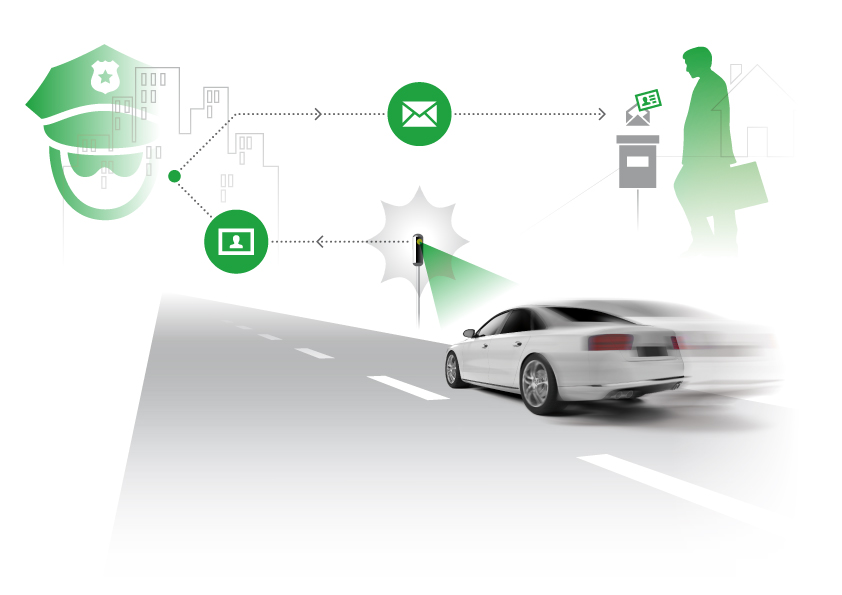
Navigating the Future: A Simple Guide to Intelligent Transportation Systems (ITS)
Introduction:
In our fast-paced world, getting from one place to another can sometimes feel like a puzzle. Enter Intelligent Transportation Systems (ITS) – the tech-savvy sidekick transforming our roads into smart, efficient, and safer pathways. Let’s take a simple journey into the world of ITS.
1. What is ITS?
Think of ITS as a digital maestro for transportation. It’s like giving our roads a brain and nerves, allowing them to communicate, adapt, and make our journeys smoother. Intelligent Transportation Systems use technology to connect vehicles, traffic lights, and roads, making our travels more efficient and enjoyable.
2. The Power of Real-Time Data:
One of the superpowers of ITS is its ability to gather and use real-time data. Smart sensors and cameras on the roads collect information about traffic flow, road conditions, and even the weather. This data helps ITS make instant decisions to keep traffic moving smoothly.
3. Traffic Signals that Talk to Each Other:
Imagine if traffic lights could chat with each other. With ITS, they can! By using Vehicle-to-Everything (V2X) communication, traffic signals share information with nearby vehicles, helping to prevent traffic jams and reducing the time we spend waiting at red lights.
4. Smart Roads that Adapt:
ITS turns our roads into smart, adaptable companions. Smart roads can change speed limits based on traffic conditions, guide drivers to open parking spaces, and even warn us about potential hazards ahead. It’s like having a helpful friend on the road.
5. Safety First with ITS:
ITS is not just about efficiency; it’s also about safety. Connected vehicles equipped with ITS features can communicate with each other to avoid accidents. Features like lane departure warnings and collision alerts ensure that our journeys are not just convenient but also secure.
In Conclusion, As we embark on the road ahead, Intelligent Transportation Systems are steering us towards a future of smart, connected, and safer travels. From talking traffic lights to roads that adapt to our needs, ITS is transforming the way we experience transportation. It’s not just about reaching our destinations; it’s about enjoying the journey with the assistance of technology that makes our roads more intelligent and responsive. As we embrace the age of ITS, we’re on a highway to a future where our travels are not just about getting there but getting there with ease, efficiency, and a touch of tech magic.

1. Case Study: SmartCity's ITS Transformation
overview
SmartCity, a bustling urban center facing escalating traffic congestion and safety concerns, embarked on a journey to implement an Intelligent Transportation System.
Implementation:
- Real-Time Data Integration:
- SmartCity deployed a network of sensors and cameras across key intersections to collect real-time data on traffic flow and road conditions.
- This data was integrated into the ITS, providing a comprehensive view of the city’s transportation landscape.
- Adaptive Traffic Management:
- Utilizing the gathered data, the city implemented adaptive traffic signal control through the ITS.
- Traffic lights dynamically adjusted timings based on current traffic conditions, reducing congestion and improving overall traffic flow.
- Connected Vehicles for Safety:
- The city encouraged the adoption of connected vehicle technologies among its residents.
- V2X communication allowed vehicles to share information with each other and the infrastructure, enhancing safety through features like collision warnings and lane departure alerts.
Results:
- The Congestion Charge has contributed to a reduction in traffic congestion and encouraged the use of public transportation.
- Automated Traffic Enforcement in this case has not only improved traffic flow but has also generated revenue for transportation initiatives.
2. Case Study: Melbourne's Mobile Speed Cameras
overview
Melbourne, Australia, employs Mobile Speed Cameras as part of its Automated Traffic Enforcement strategy to enhance road safety and enforce speed limits.
Implementation:
- Mobile Speed Cameras:
- Melbourne uses mobile speed cameras that can be deployed to various locations across the city.
- These cameras are equipped with technology to capture images of vehicles exceeding the speed limit.
- Dynamic Enforcement:
- The mobility of these cameras allows authorities to deploy them strategically in areas with a history of speeding or high-risk zones.
- By changing locations regularly, the system ensures that drivers are aware of potential speed enforcement anywhere in the city.
Results:
- The use of Mobile Speed Cameras in Melbourne has contributed to a reduction in speeding and an increase in compliance with speed limits.
- Automated Traffic Enforcement plays a crucial role in promoting safer driving behavior and reducing the risk of accidents on Melbourne’s roads.
